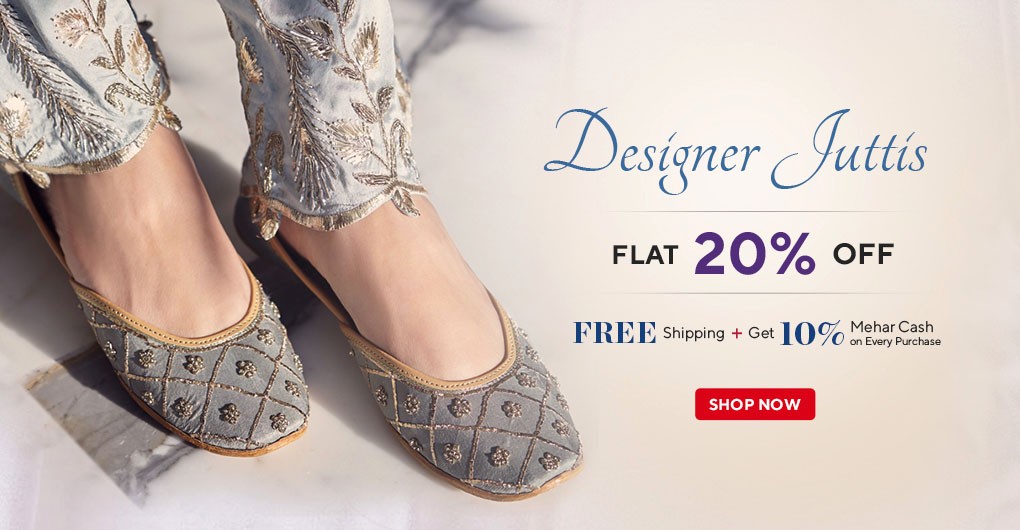How Was Jeans Invented-A Brief History of Jeans
From the early Levi's Strauss workwear of the 1860s to the needs of present high fashion, the history of denim has taken a long and convoluted route.
Jeans are a type of universal apparel that is worn by men, women, and children of all ages all around the world.
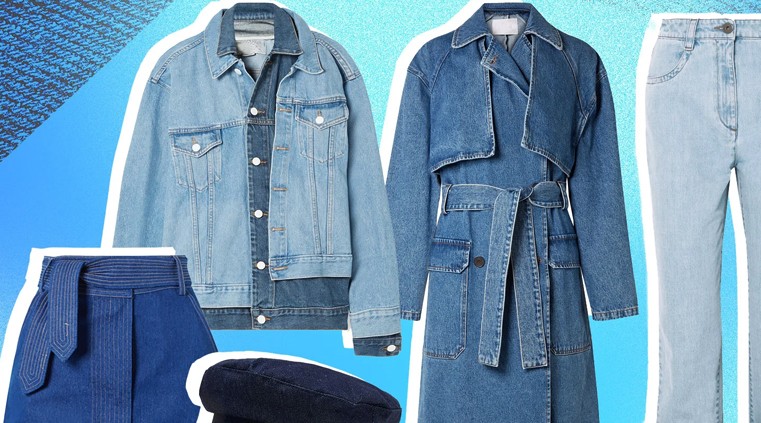
Who made the first pair of jeans?
In the late 1860s, Levi Strauss created the first pair of jeans. After being sold in the United States, Levi Strauss and Jacob Davis designed the first authentic contemporary blue jeans in 1873. Patent # 139,121 was issued by the Patent and Trademark Office for a modern design that includes copper rivets on the lower fly and strengthened pockets.
When did the first pair of jeans emerge on stage?
In 1873, Levi Strauss and Jacob Davis were granted patent # 139,121 for the development of contemporary blue jeans. There were thick denim labour pants before them, but they lacked the copper rivets and sewed pockets that we see today.
What materials are used to make jeans?
Denim is a twill cotton fabric that is used to make jeans. Because it was invented in the French city of Nimes, denim was previously known as Serge de Nimes.
Levi Strauss is known as the "Father of Blue Jeans."
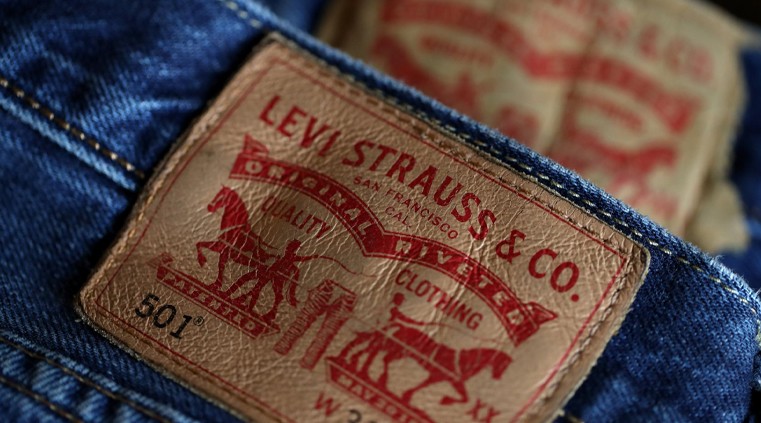
Levi Strauss immigrated to North America from Bavaria and, like many other immigrants at the time, travelled west throughout the continent selling a range of things. He followed the gold rush to California in the 1850s, like many others, and continued to provide many essentials to his miners and family.
The miner asked Strauss if he could develop more sturdy work pants that could resist the rigours of gold mining since he needed more suitable equipment for rigorous labour. Strauss collaborated with a tailor to create heavy-duty canvas work pants for tent construction.
In the late 1860s, he began creating the same trousers, but this time out of denim. The term "blue jeans" refers to indigo-dyed jeans. The original 501 design was inspired by a Genoese sailor who wore baggy trousers with flared legs to fit heavy work boots.
Early work trousers by Strauss were made of thick canvas, but after upgrading to a sturdy cloth called Serge de Nimes, they took off (denim). Denim was already fashionable in France when Strauss discovered it.
It's made of tough twill-weave cotton that's both robust and quick-drying, making it perfect for garments rather than canvas. The new jeans were favourably accepted, but they couldn't hold up to the rigours of physical labour in the 1870s, such as mining. The jeans' weak areas were the corners of the pockets and the bottom of the button placket.
Miners need pants with huge pockets that could contain large amounts of gold, and the seams on the bottoms of their pockets were frequently damaged. Levi countered this by using copper rivets to reinforce the pockets' weak points.
Later that year, the underside of the button placket was strengthened with 183 rivets, and the back pocket received stitches reinforced in the form of a double arch design with orange thread.
Over the previous 50 years, it has gotten slightly slimmer and fits better, but it hasn't altered significantly or changed over the last few hundred years. In the 1960s, Levi's introduced the 505 design. Zip flies, normal fits, and pre-shrink denim are all included.
The Levi's 505 was quickly followed by the Levi's 517, which are slim-fit boot-cut jeans with a regular waist, and the Levi's 527, which has a lower waist but shares the same slim-fit pant with a boot-cut shape. Levi Strauss has expanded their portfolio to include practically all of the popular jeans shapes since the late 1970s.
The Manufacturer of Jeans
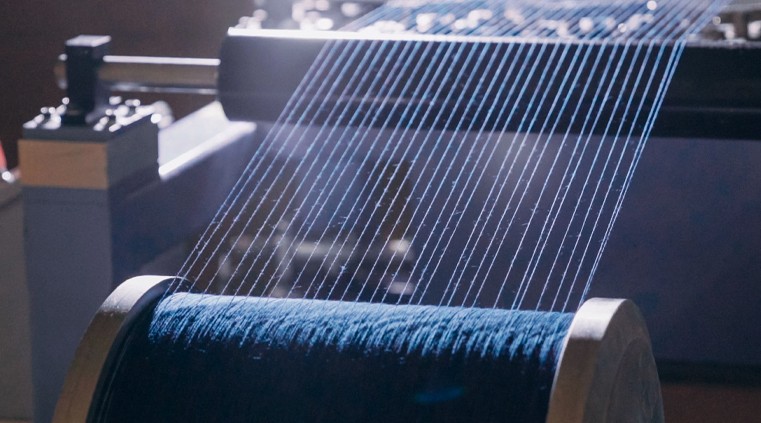
From 1890 through 1950, Levi Strauss invented the product, giving him a major advantage over the competitors who could have dominated the early jeans market.
Miners, woodcutters, cowboys, ranchers, farmers, industrial employees, and workers are all recognised for wearing Levi's jeans, which are known to be durable, practical, comfortable, and cost-effective.
Its popularity and profitability were not missed, as the growing demand for long-lasting denim pants or denim led to the acquisition of working-class pies by two other early enterprises.
Expansion of the Jeans
The Lee Manufacturer started off as a denim workwear manufacturer, but by the 1950s, it had expanded into leisure apparel. Since then, Levi's has risen in popularity around the world and has successfully competed with its old opponent Wrangler in Levi's jeans and denim sector. Wrangler's true Western jeans initially hit the market in 1947, thanks to Casey Jones, who had recently acquired the Bluebell Company. Rodeo cowboys and cowgirls love Wrangler jeans, and by 1996, one-fifth of all pants sold in the United States included the Wrangler logo.
Woman and Jeans
Originally, only males wore jeans, but as women got more integrated into the world of men in the 1870s, jeans became the most practical clothing choice for that, thus women mostly on farms and ranches wore them. She now wears jeans to work as well.
Ladies began to wear just jeans as a fashion statement in the 1930s, and Vogue magazine produced an ad depicting women in two societies wearing tight-fit jeans.
Women's blue jeans and cowboy boots are gradually becoming more widely available at department stores.
Women's side-opening denim pants were invented after WWII. Even yet, it wasn't until the late 1950s that the first women's jeans were created, which took into account the distinctions in men's and women's shapes.
Jeans as a symbol of Youth rebellion in the 1950s and 1960s
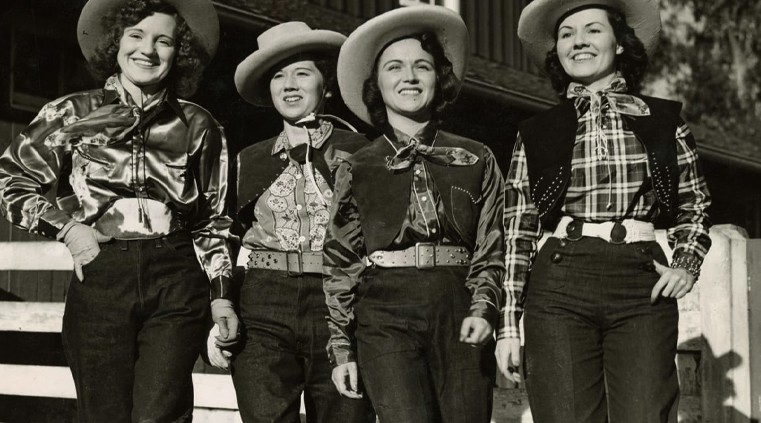
After the severe distribution of World War II and more conservative life in the suburbs, young people in the 1950s and 1960s began to seek cultural independence and oppose their parents' more tranquil lives.
In the 1950s, young stars like James Dean and Marlon Brando became status symbols for counterculture youth who wanted to popularise, appeal to, and rebel against their parents.
During various anti-establishment, anti-war, and civil rights rallies and protests in the 1950s and 1960s, young people dressed almost solely in jeans, forsaking the more traditional shirts, ties, and pants of the early 1950s.
Jeans can be dressed up or down

Jeans were fashionable among teenagers in the 1960s, but they remained uncommon among adults, particularly in formal wear�settings away from farms and ranches.
Pants and shorts with sensible shoes are still the norms in schools, restaurants, and theatres, and formal wear�was the sole way to dress up for work. It was not until the 1980s that it gained popularity. Jeans grew in popularity, and adults began to accept them in less formal contexts.
For many people, they have become the new standard for casual wear, and they are becoming more widely accepted in the workplace. Leading designer labels also drew a lot of attention, with blue jeans appearing on major catwalks and boutiques around the world.
The history of denim is a long and winding one, starting with the humble origins of mining and other harsh outdoor labour trousers hundreds of years ago and ending with the everyday basics found in nearly every closet in the Western world.
Latest Posts
Categories
Tags


 +1-403-351-7777
+1-403-351-7777

